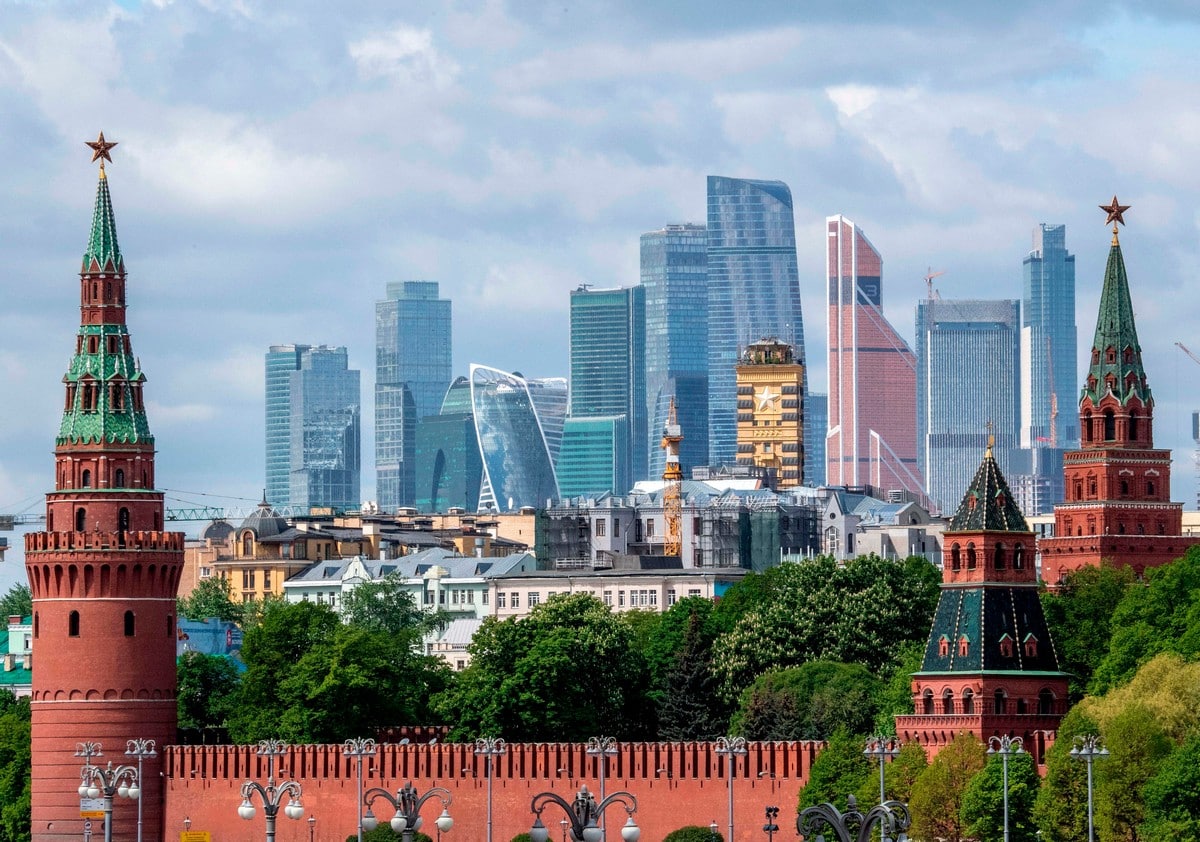Russia is an undeniably vast and distinct country, representing a marriage between Eastern Europe and northern Asia. Although once a republic of the USSR, the dissolution of the Soviet Union in late 1991 allowed Russia to become an independent nation. Spanning eleven time zones across two continents, Russia lays claim to some of the longest mountain ranges and over 2 million rivers worldwide. Its unique geography offers something new to explore around every corner, from salty deserts perched atop wind-strewn steppes to the shimmering Arctic tundra, where whispers from its fascinating past still echo in its hidden valleys.
Russia is known for its highly influential culture, particularly within the realm of art. Leo Tolstoy and Fyodor Dostoevsky are credited with creating some of the greatest works of literature. At the same time, music composers such as Pyotr Ilyich Tchaikovsky have provided timeless soundtracks to many spectacular ballets worldwide.
One of the Wealthiest Nations by the Number of Billionaires

Russia is a nation with immense wealth, as demonstrated by its abundance of billionaires. In 2022, Russia was ranked fifth in the world based on the number of billionaires living within its borders. There are 83 Russian citizens with a net worth totaling around $320 billion. Those at the top are private sector giants, such as Russia’s richest person, Vladimir Lisin, who boasts a net worth of $18.4 billion. This speaks to the undeniable strength and resources available to those taking advantage of Russia’s booming economy and provides insight into how these select few can accumulate such immense wealth.
Former Member of the USSR
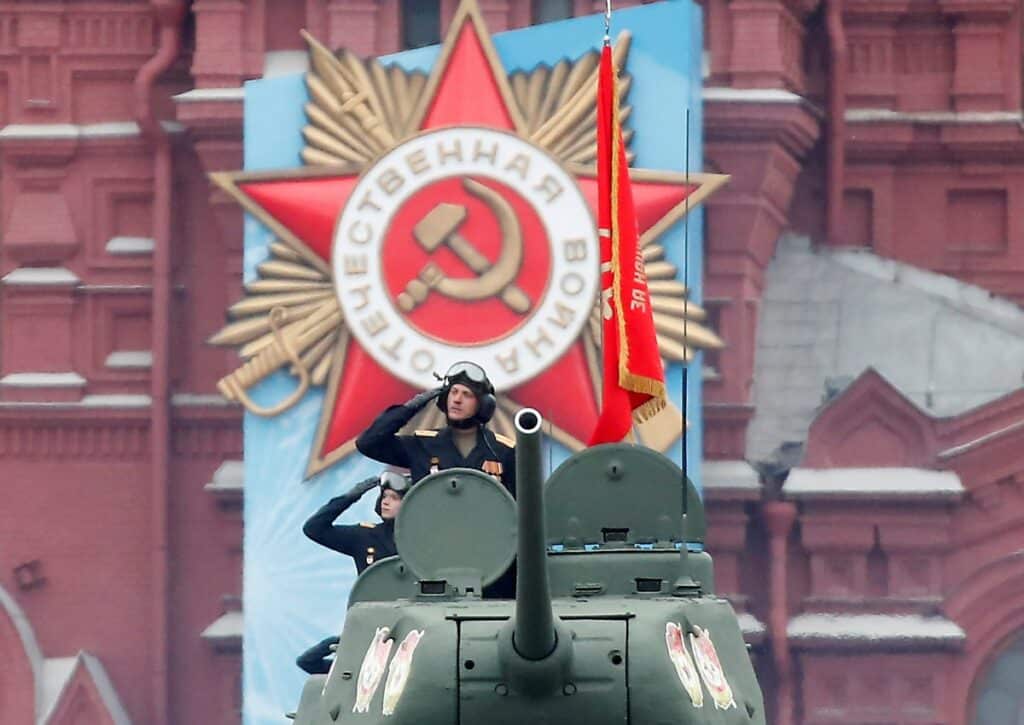
Russia has been an influential player on the world stage for centuries, perhaps most famously due to its part in the Soviet Union. Established in 1922, it included 15 republics in Eastern Europe and Northern Asia, including Russia, and countries such as Ukraine and Moldova. Fed by the concept of communism as established by Karl Marx and popularized by Vladimir Lenin, it was a socialist state where ownership of property was equally distributed among the population. However, the year 1991 saw the breakup of the Soviet Union, granting each constituent country its independence from the union.
The Most Populated City in Russia
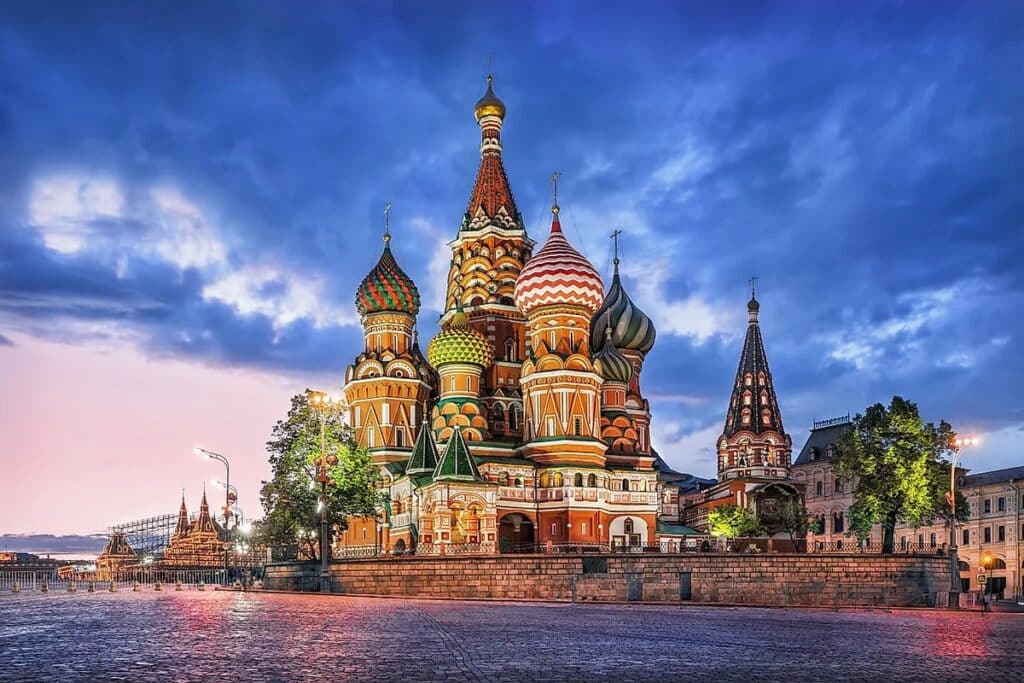
An esteemed capital city and cultural hub, Moscow is a crown jewel of Russia and one of the world’s most iconic cities. Moscow’s picturesque landscape has long been home to the world’s most famous landmarks, such as The Red Square, Bolshoi Theater, St. Basil’s Cathedral, Kremlin, and Cathedral of Christ the Savior. Visitors looking to explore beyond their initial sightseeing tours should look no further than the extensive underground train system. Spanning 325.4 km in total length, this impressive engineering feat is renowned not only in size but also due to some of its stunningly ornate stations.
World’s Deepest and Oldest Lake in the World
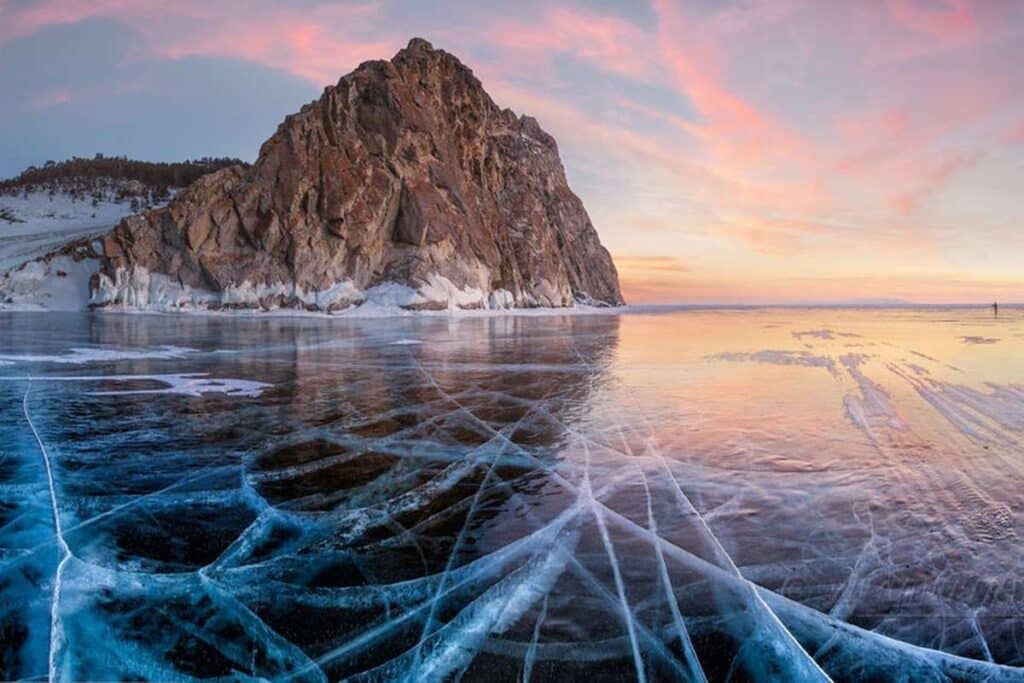
Over 20 million years old, Russia’s Lake Baikal is a truly spectacular place. Spanning 31,722 square kilometers and with a depth reaching 5,300 feet at its deepest point, the lake is the oldest, deepest, and largest freshwater lake in the world by volume and has among the clearest waters known. But despite its grandeur, Lake Baikal has not remained entirely isolated from human activities. Pollution, poaching, and development are some of the threats facing this amazing wonder of nature which is home to thousands of aquatic plants.
Russia’s Citadel Fortress
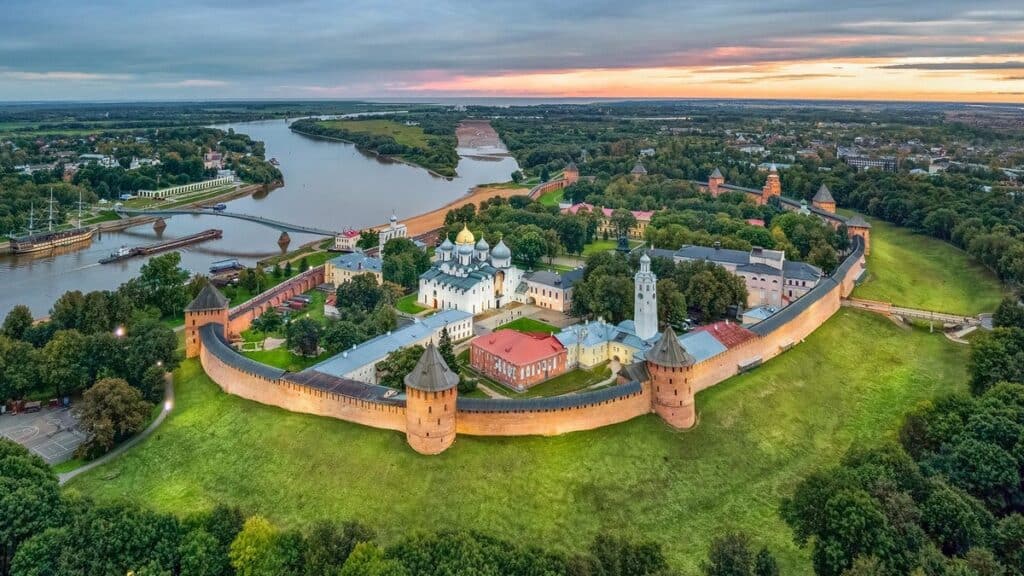
The Kremlin has been the hub of Russia’s most important historical and political events since the 13th century. It was built between the 14th and 17th centuries by prestigious Russian and foreign architects, making it a prestigious symbol in the country. Five enormous ruby stars adorn Moscow Kremlin, each weighing one ton to add to its beauty. Also coming into recent existence is a helipad, providing an alternative to road processionals that previously impeded traffic flow. As of 2015, it became home to President Vladimir Putin, solidifying its place as Russia’s symbolic center for leadership.
The Most Iconic Toys and Vintage Symbols of Russia
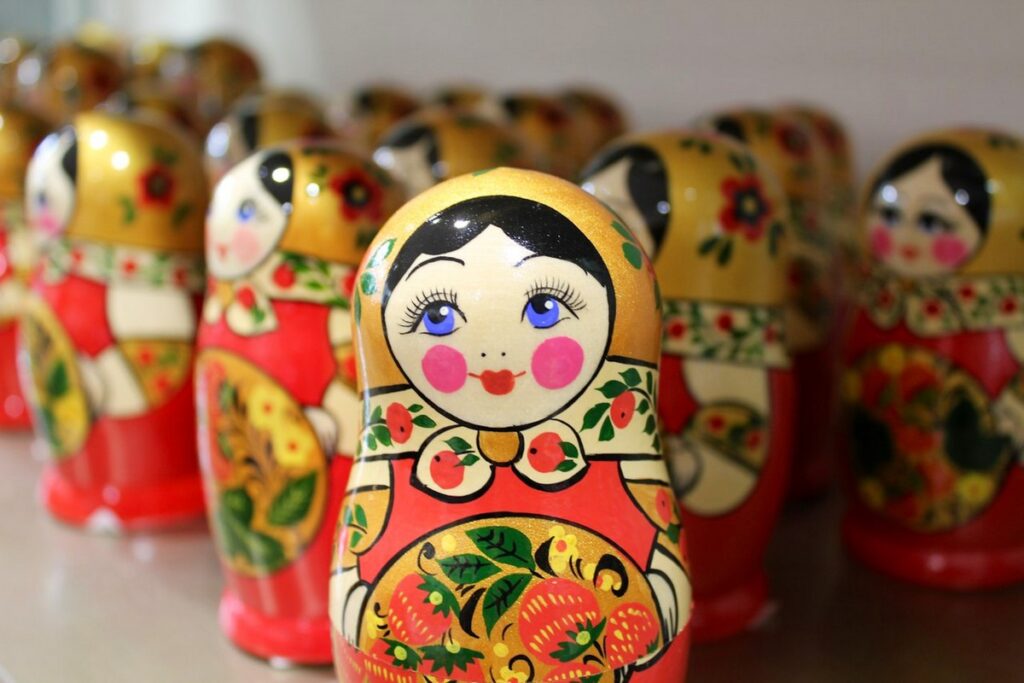
Matryoshka dolls, or Russian nesting dolls, have become a classic symbol of Russia and reflect its core values of family and togetherness. With years of history, these stackable dolls depict a doting babushka, or grandmother figure, and are a well-known souvenir for many travelers. The craftsmanship began with Sergey Malyutin in the late 1800s, who used his woodcarving expertise to shape and design the very first doll. This endeavor proved successful as just ten years later, the doll won the bronze medal at the Paris World Fair in 1900.
Home to the World’s Second Largest Museum
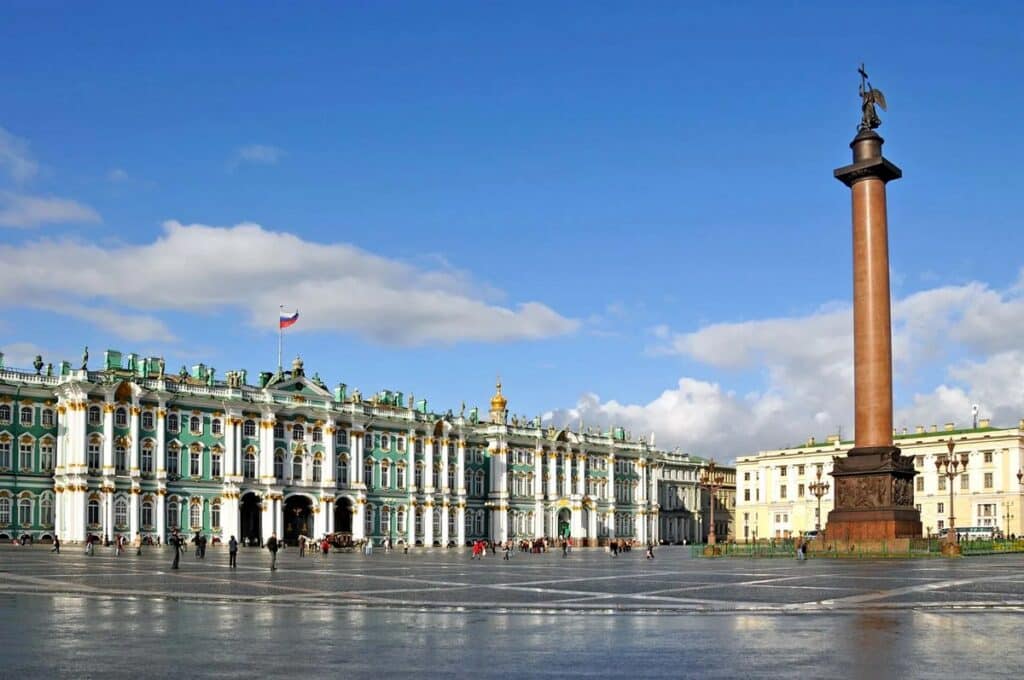
The Hermitage, located in St. Petersburg, Russia, is a sight to behold. Stretching over 3 million artifacts, from Oriental treasures to fine paintings, it’s hardly surprising that 11 days would be necessary if you viewed each one for only a minute. With its stunning antiques and top-class exhibitions, The Hermitage represents the pride of St. Petersburg and the whole of Russia, with its prominence stretching around the globe.
The Longest Railroad Line in the World

The Trans-Siberian Railway is a marvel of modern engineering, with 5,772 miles of track connecting sprawling Moscow to the Pacific port of Vladivostok. Celebrating more than a century of operations, the Trans-Siberian Railway has opened Russia to travelers, offering an array of options for comfortable and budget-friendly journeys on rails. In addition to Russian destinations, travelers can opt to cross into China and Mongolia, making exploration as far-reaching as passengers possibly need.
Birthplace of Literary Greats
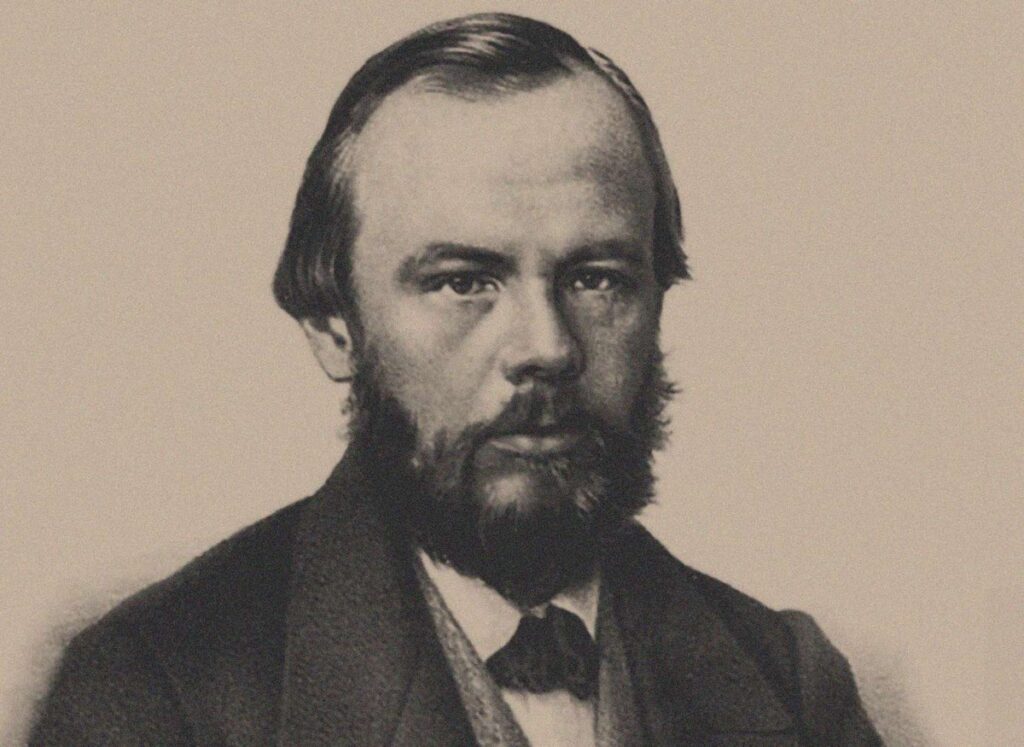
Russian literature is renowned worldwide for its complexity and unique, often dark outlook. To fully appreciate it, it’s important to understand the countless masterful authors from this great nation. Alexander Pushkin is widely credited as the founder of modern Russian literature, and his works inspired much of what was to come later. Then there are some of Russia’s greatest 20th century authors, such as Alexander Solzhenitsyn, Ivan Turgenev, Vladimir Nabokov, Fyodor Dostoevsky, Leo Tolstoy, and Anton Chekhov, who have provided invaluable insight into Russia’s turbulent past. Many of their works are iconic pieces known around the world.
A Symbol of Female Empowerment and Independence
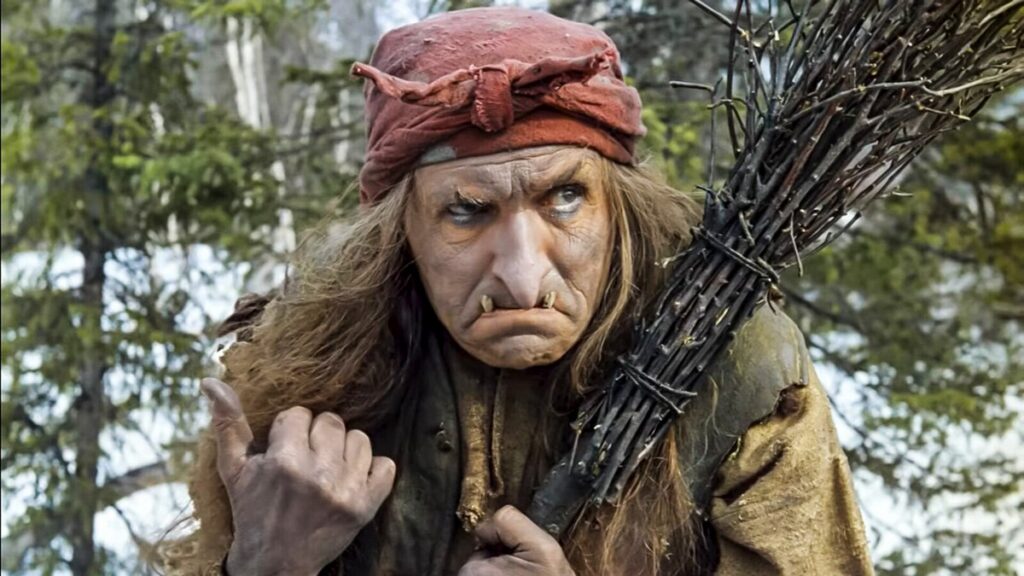
Baba Yaga is a captivating figure from Slavic folklore that has dominated the narrative as a powerful female presence and independent spirit. She lives deep in the forest inside her magical hut, where she helps, imprisons, or eats those who cross her path. Themes associated with Baba Yaga are centered around cycles of nature, such as harvest and rest, as well as providence and thankfulness. Her symbols have been ritualistically connected to agriculture. For example, Obzinky Baba Yaga is represented by the last sheaf of corn on Earning Day, which symbolizes regeneration.
One of the Coldest Places on Earth
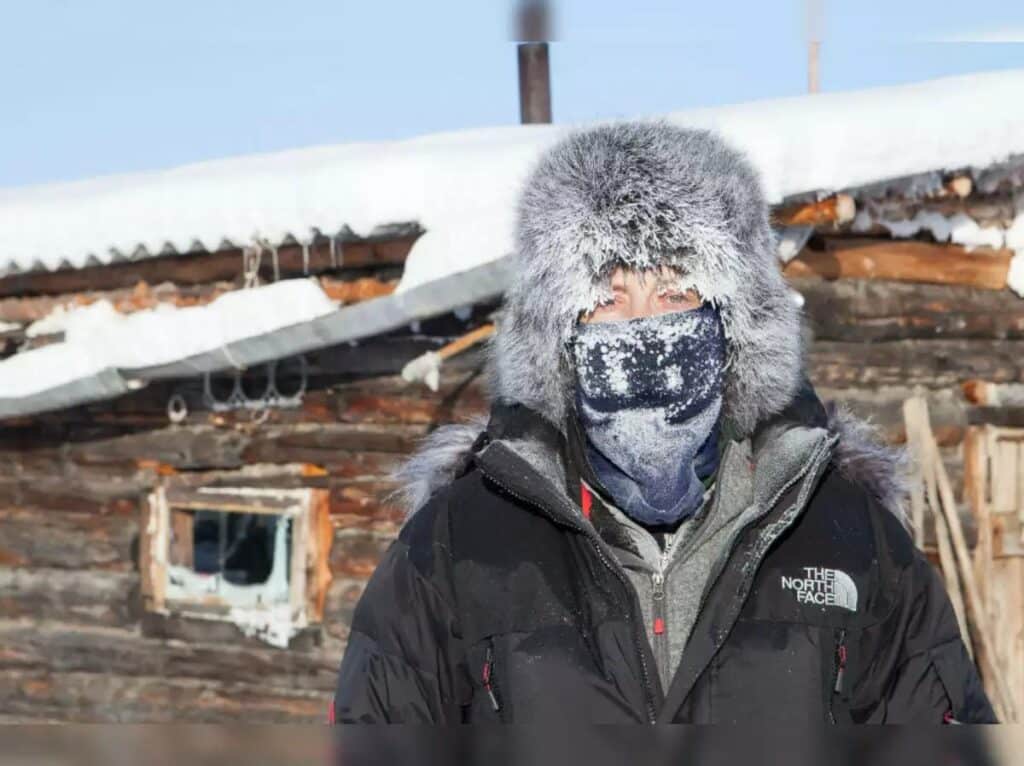
Visiting the Kingdom of Permafrost in Yakutsk is a must for anyone traveling to Russia. This incredible attraction, comprised of an impressive network of neon-lit ice tunnels, has something surprising: magnificent and intricate sculptures made from ice that represent the Yakut legends and gods. Its structure is built from permafrost, so you won’t find a sight like this anywhere else in the world. A visit to the Kingdom of Permafrost will give you a unique opportunity to catch a breath of coolness while exploring some remarkable elements of Russian culture.
Russia Consumes More Vodka than Any Other Country on Earth
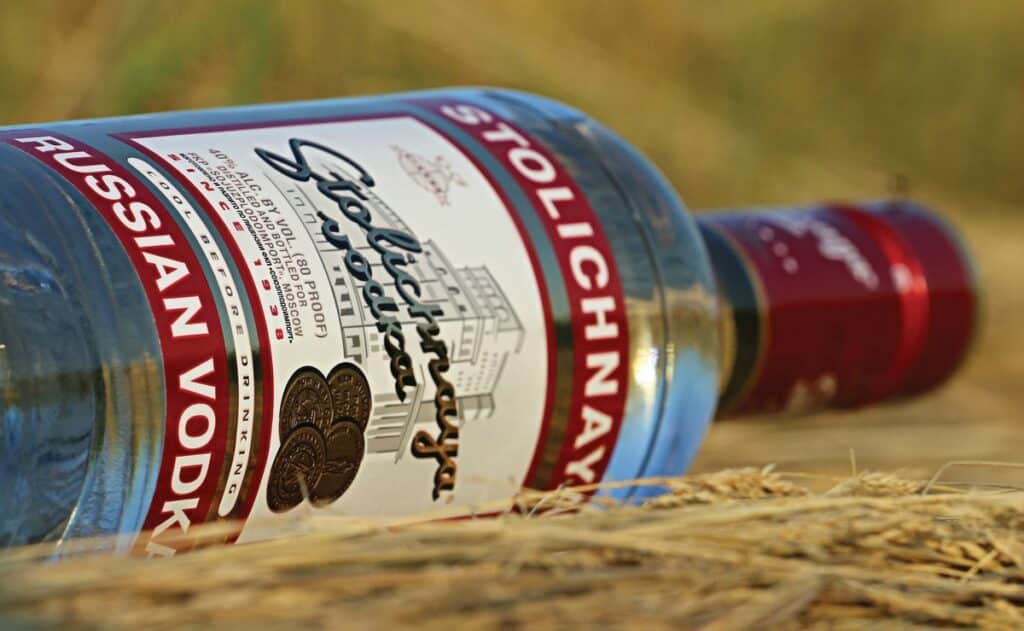
Russia and vodka are unquestionably a match made in heaven. Despite its disputed origin, there is no denying that vodka has become a symbol for the country, with the word derived from “voda,” meaning water in Russian. Russians are fans of their tipples, with huge amounts of money spent to the point where it is said that 25% of Russians who perish before age 55 owe much of their woes to alcohol abuse. Despite this, vodka remains a beloved and deeply ingrained part of Russian culture, both still and as a spirit used in cocktails worldwide.
Tetris Was Invented in Russia

Tetris is a household name today, but few people know that it was invented in the Soviet Union by computer programmer Alexey Pajitnov on June 6, 1984. Created for the Electronika 60 Computer System, Tetris quickly became popular within Russia and spawned knockoffs from other countries trying to ride on its popularity. By 1987, Tetris had been exported and released worldwide for multiple platforms, propelling it to global popularity and legendary status as one of the most beloved games of all time.
Space Exploration Pioneers
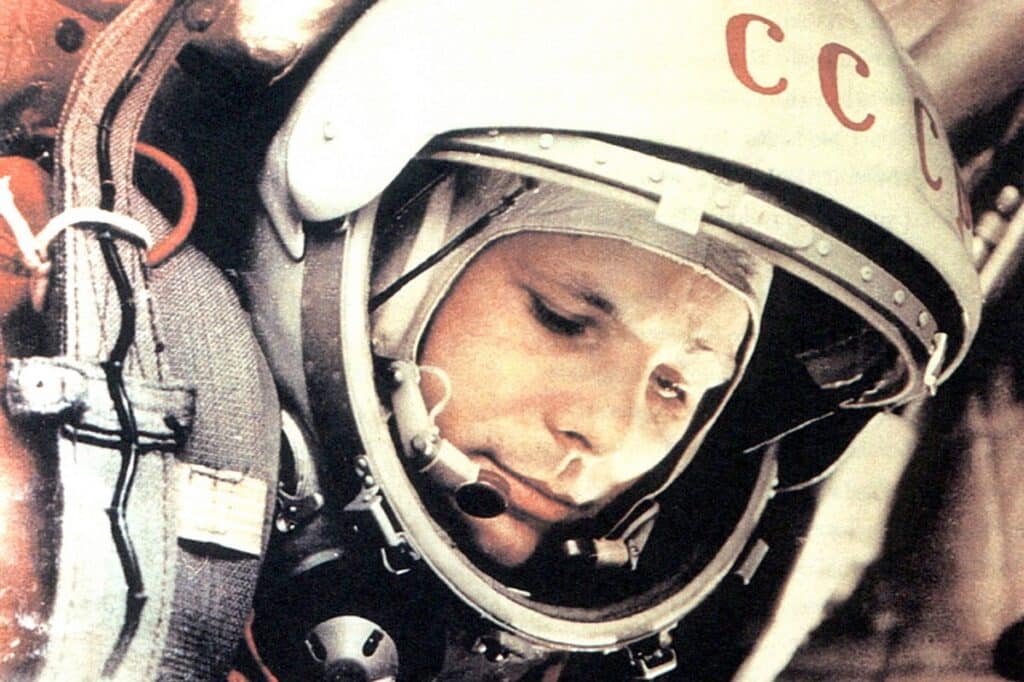
The Soviet Space Program is nothing short of an impressive achievement. From the moment Yuri Gagarin became the first human in space to the fateful launch of Sputnik and its successful journey, the rise of Russian success in outer space shocked and revolutionized the world. Much of this success has been preserved and carried through today as Roscosmos continues to take pride in its nation’s pioneering spirit. The Soviet legacy will be remembered for years as they pushed limits and made ground-breaking achievements purely through knowledge and ambition.
Moscow’s Fairy Tale Cathedral
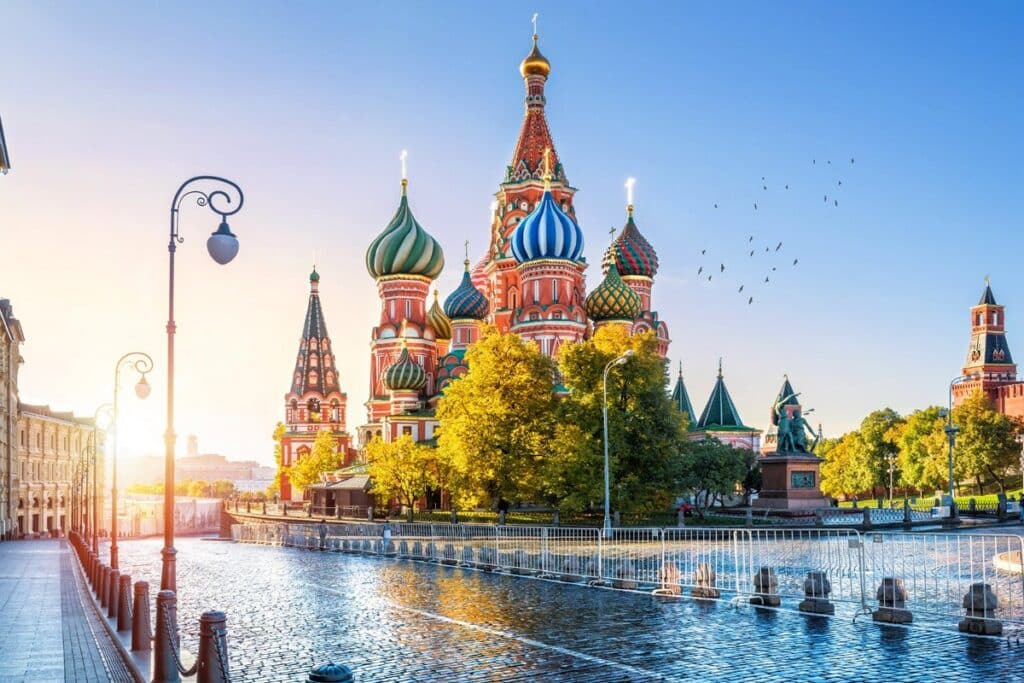
With its iconic red and white walls and elaborate onion-shaped domes, Saint Basil’s Cathedral is one of Russia’s most unique feats of architecture. Built between 1555 and 1561 to commemorate Ivan the Terrible’s military conquest of the independent Khanate of Kazan, the building still stands in Moscow’s famous Red Square. Legend has it that Ivan blinded the unnamed architects responsible for building the complex so that no other structure like this would ever be made again. The intricate exterior designs were thought up by a team of post-Renaissance painters and craftsmen who spent months working on each detail to ensure exemplary workmanship.
